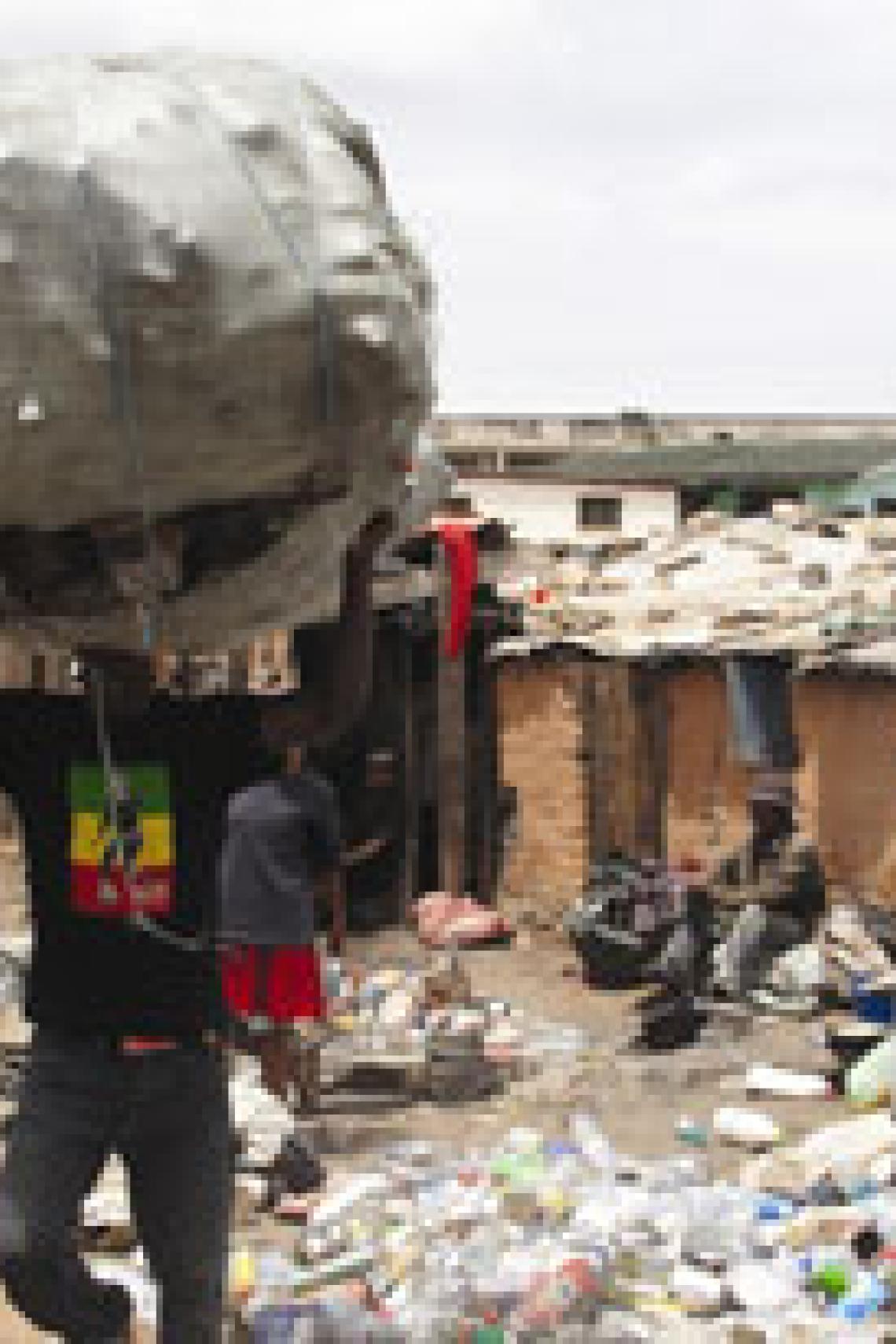OPHI’s 2016 MPI release pinpoints Africa’s ‘runaway’ successes, underlines remaining poverty challenges
According to new analysis from the Oxford Poverty & Human Development Initiative (OPHI) at ODID, 30 of 35 Sub-Saharan African countries where changes in poverty over time were examined have reduced multidimensional poverty significantly. Rwanda has put in a stellar performance, showing the most comprehensive and equitable poverty reduction on the continent.
The Global Multidimensional Poverty Index (MPI) complements poverty measures based on income and reflects the hidden face of poverty. Overlapping disadvantages in terms of health, education and living standards are considered by the MPI; people are identified as multidimensional poor if they are deprived in at least one-third of ten weighted indicators. The index combines the percentage of people living in multidimensional poverty with the intensity of deprivations, or how much deprivation they experienced.
Unlike global monetary poverty measures it can break down poverty levels for regions within countries, as well as revealing the different dimensions in which people are poor. Hence we know that every MPI indicator was significantly reduced in Burkina Faso, Comoros, Gabon, Mozambique, and Rwanda, showing the impact of coordinated policy responses. All sub-national regions in Gabon, Ghana, Gambia, Liberia, Mozambique, Malawi, Niger, and Rwanda reduced poverty significantly.
Sabina Alkire, Director of OPHI and the Oliver T Carr Professor of Economics and International Affairs at George Washington University, said: “While Rwanda was truly a star performer, a number of sub-national regions in Africa reduced the MPI even faster. We call these creative high performers the ‘runaway regions’ because they are small areas that did great things. The fastest MPI reduction was found in Likouala in the Republic of Congo”.
Ayodele Odusola, Chief Economist for UNDP Africa, said: “The Global Multidimensional Poverty Index 2016 figures for Africa provide extensive detail as to variations in the composition of poverty within countries. They map multidimensional poverty for 475 subnational regions in Africa, providing an unprecedented level of clarity. Those working on Africa will wish to understand the comparative performance of different countries in multidimensional poverty, and study in particular the small regions that have creatively fought poverty with runaway success”.
However, over half (54%) of people in the 45 African countries surveyed suffer from multidimensional poverty. In total over half a billion Africans (544 million people) are MPI poor. Unfortunately, the number of poor African people is not reducing as fast as the poverty rates. The number of poor people went down in only 12 African countries. In 18 countries, although the incidence of MPI fell, population growth led to an overall rise in the numbers of poor people.

